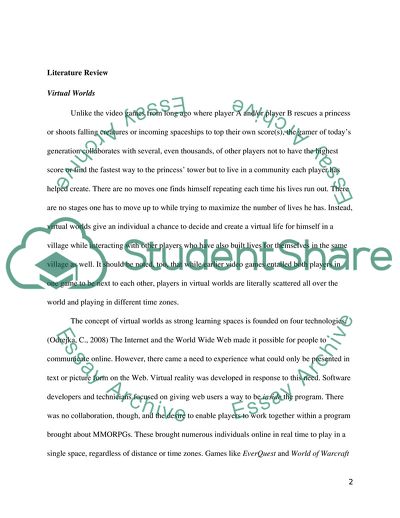Cite this document
(Effectiveness of Video Games as a Means of Education Literature review, n.d.)
Effectiveness of Video Games as a Means of Education Literature review. Retrieved from https://studentshare.org/education/1737130-video-games-and-education-literature-review
Effectiveness of Video Games as a Means of Education Literature review. Retrieved from https://studentshare.org/education/1737130-video-games-and-education-literature-review
(Effectiveness of Video Games As a Means of Education Literature Review)
Effectiveness of Video Games As a Means of Education Literature Review. https://studentshare.org/education/1737130-video-games-and-education-literature-review.
Effectiveness of Video Games As a Means of Education Literature Review. https://studentshare.org/education/1737130-video-games-and-education-literature-review.
“Effectiveness of Video Games As a Means of Education Literature Review”. https://studentshare.org/education/1737130-video-games-and-education-literature-review.


